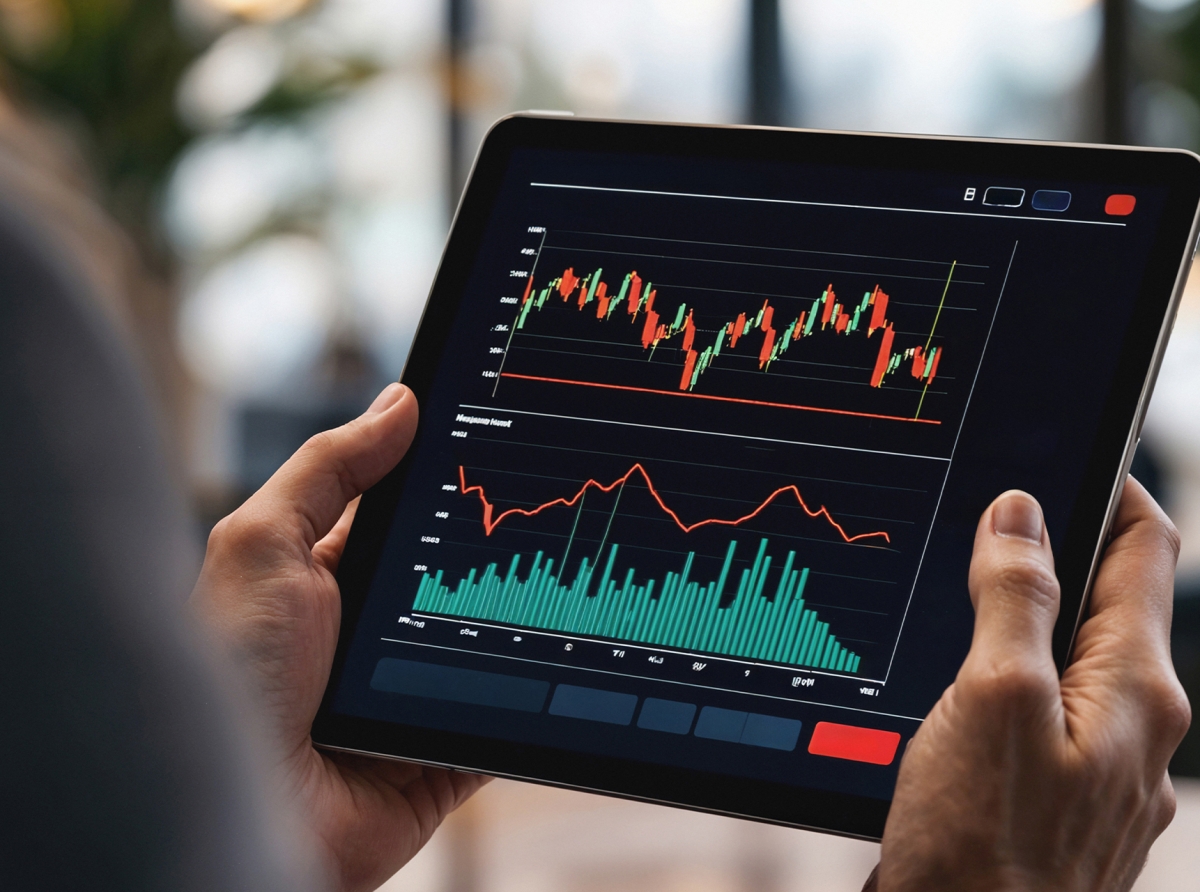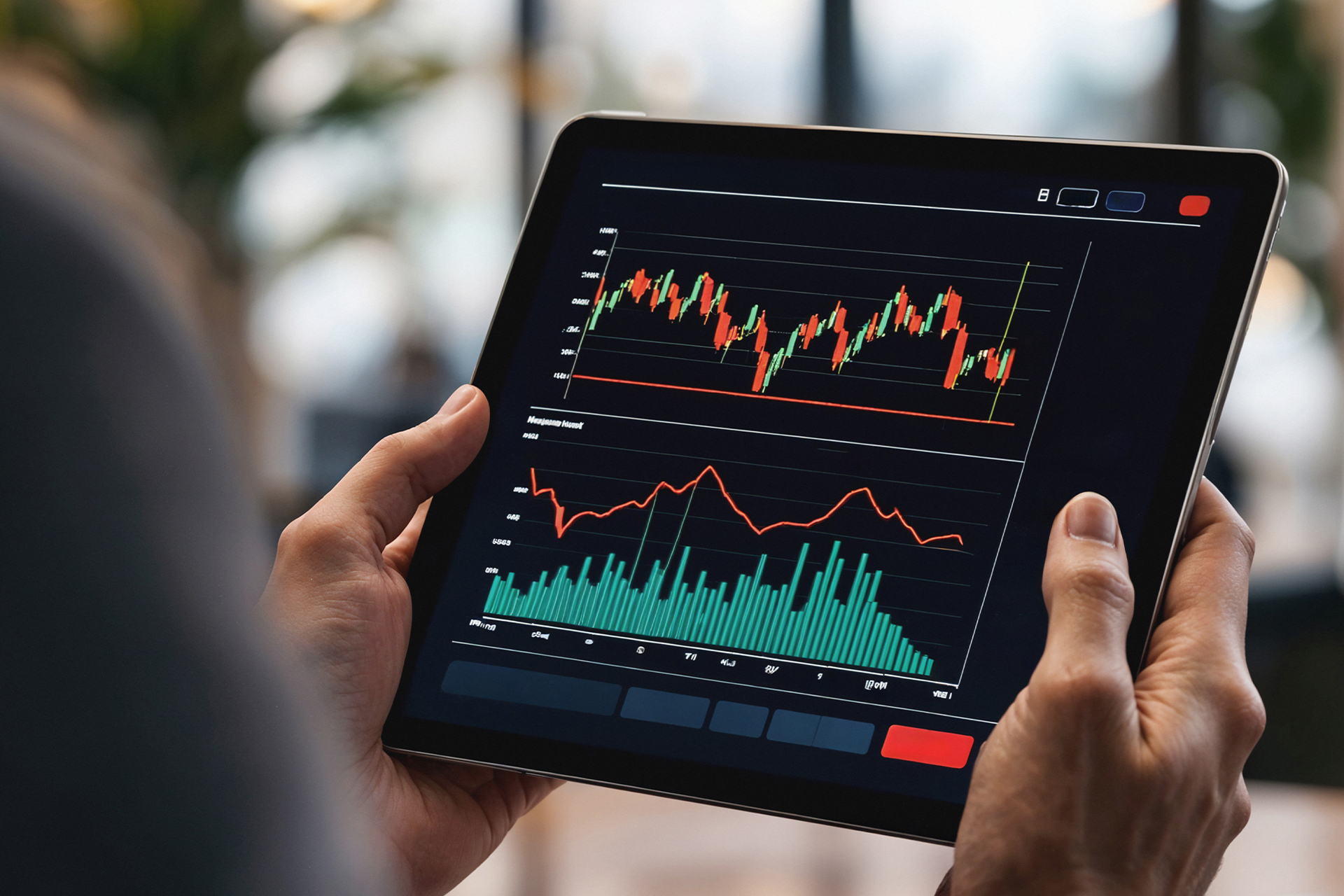
How to Trade During Market Volatility
Market volatility is both a challenge and an opportunity for traders. Sharp price swings can trigger emotions, risk capital, and test strategies—but those who understand volatility can turn it into profit.
This guide explains how to navigate volatile markets, manage risk, and adapt strategies for Forex, stocks, and crypto in 2025–2026.
This guide explains how to navigate volatile markets, manage risk, and adapt strategies for Forex, stocks, and crypto in 2025–2026.
Understanding Market Volatility
Volatility measures how dramatically prices fluctuate over a period. High volatility signals uncertainty and rapid price changes, while low volatility indicates stability. Key drivers include:Economic data releases : CPI, GDP, employment numbers.
Geopolitical events : Conflicts, elections, sanctions.
Central bank actions : Interest rate hikes or quantitative easing.
Market sentiment : Fear and gradation indexes, retail activity.
For example, during the August 2025 US CPI report , EUR/USD moved more than 150 pips within an hour , creating both risk and opportunity.

How to Trade During Market Volatility
Core Strategies for Volatile Markets
1. Adjust Position SizesDuring high volatility, reduce lot size or trade units smaller to prevent large drawdowns. Risk management is critical: always calculate stop-loss relative to volatility.
2. Use Technical Tools
ATR (Average True Range): Adjust stop-loss and take-profit levels.
Bollinger Bands: Identify extreme moves and potential reversals.
Support & Resistance: Key zones often trigger strong reactions during volatile sessions.
3. Focus on Liquidity
Trade instruments with high liquidity (major Forex pairs, blue-chip stocks) to avoid slippage. Low-liquidity assets can amplify losses in volatile conditions.
4. Combine Fundamental and Sentiment Analysis
Volatility is often driven by news or fear. Track economic calendars, news feeds, and trader sentiment metrics to anticipate spikes.
5. Consider Algorithmic or EA Trading
Automated strategies can react faster than humans to sudden price swings. Modern Expert Advisors can monitor volatility, scale positions, and manage risk automatically.
Practical Examples
Forex: A trader uses EUR/USD during a volatile NFP release. By tightening stop-losses and reducingStocks: A tech stock reactions to earnings news. Short-term traders capture 3–5% intraday swings by trading breakouts near resistance and support levels.
Crypto: BTC volatility spikes after regulatory announcements. Traders use volatility-adjusted indicators like ATR bands to ride swings without overexposure.
Market volatility is expected to remain elevated due to global macro risks and AI-driven trading.
Traders integrating AI-assisted analytics will have a better edge in predicting intraday swings.
Risk management and disciplined trading will continue to outperform purely speculative approaches.
Traders integrating AI-assisted analytics will have a better edge in predicting intraday swings.
Risk management and disciplined trading will continue to outperform purely speculative approaches.
Trading during volatile markets requires preparation, discipline, and adaptability. By understanding volatility, adjusting positions, combining technical and fundamental tools, and leveraging automation where possible, traders can protect capital and seize profitable opportunities.
Written by Ethan Blake
Independent researcher, fintech consultant, and market analyst.
August 27, 2025
Join us. Our Telegram: @forexturnkey
All to the point, no ads. A channel that doesn't tire you out, but pumps you up.









Report
My comments